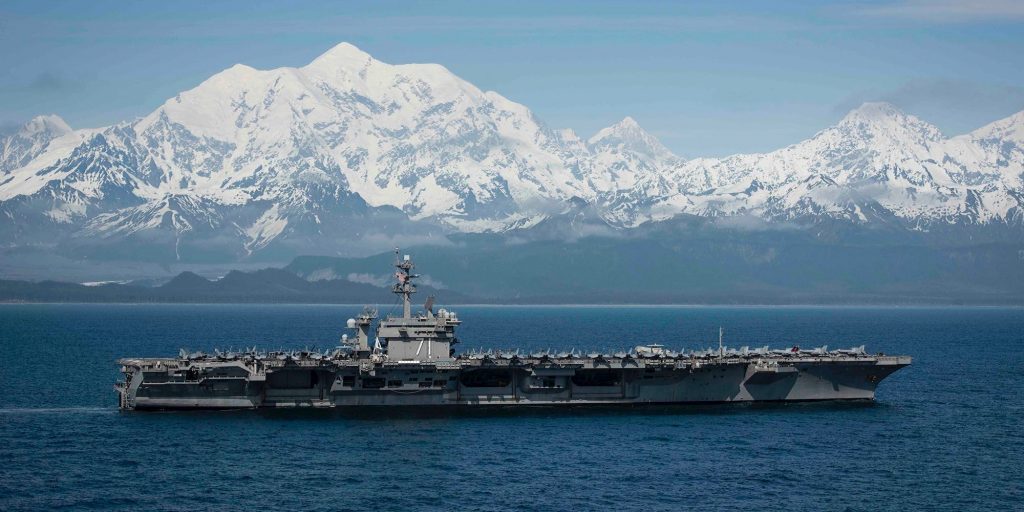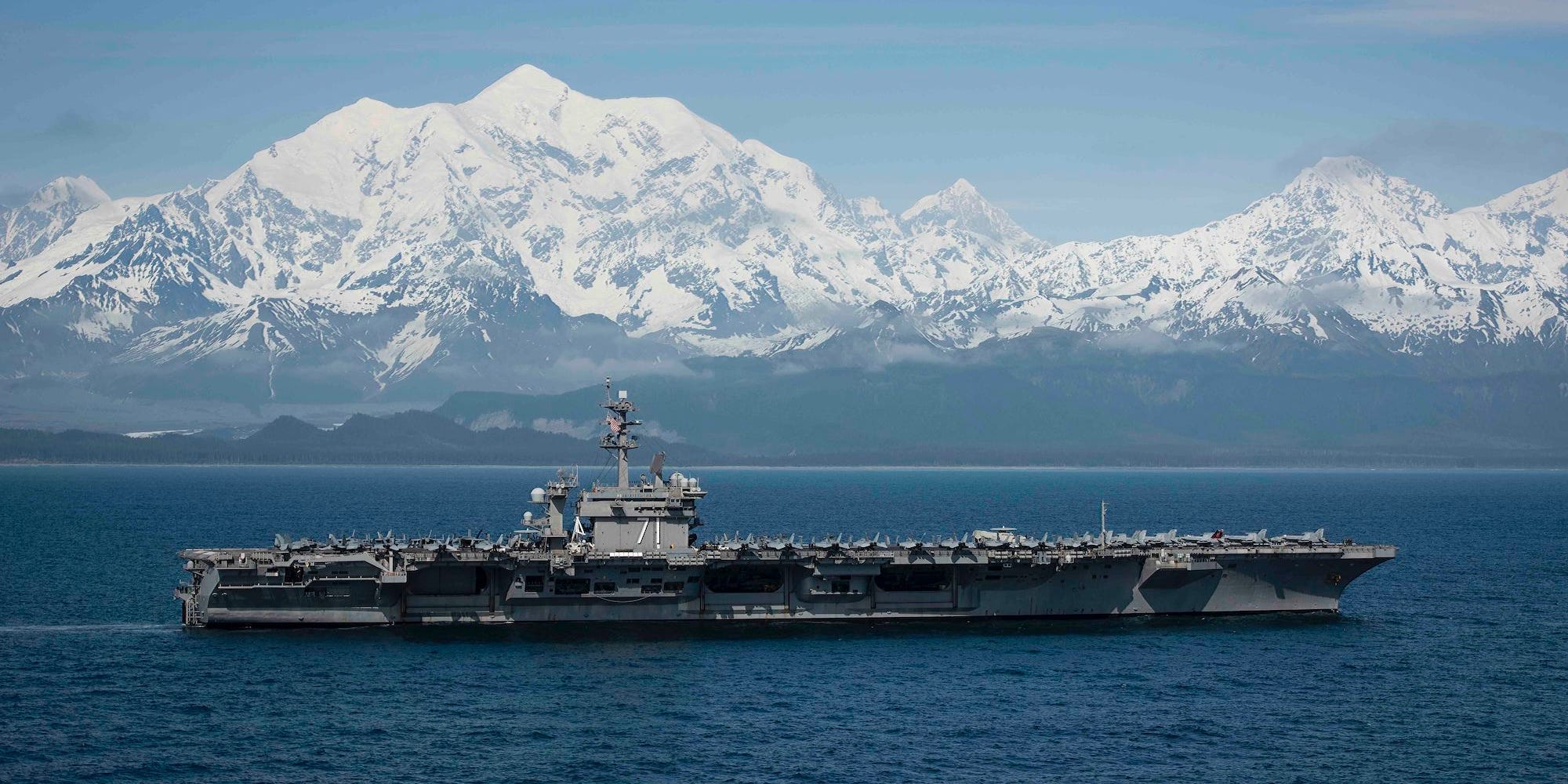
US Navy/MCS3 Erick A. Parsons
- US Navy aircraft carrier USS Theodore Roosevelt sailed to Alaska in May for exercise Northern Edge.
- The carrier took part in the exercise in 2019, when it became the first carrier to do so in 10 years.
- The trips reflect the Navy's increasing focus on the Arctic and its efforts to get used to operating up there again.
- See more stories on Insider's business page.
Hot, long days and dangerous working conditions are typical for Petty Officer 2nd Class Austin Moore, whose job is helping launch and recover aircraft from the flight deck of the USS Theodore Roosevelt.
The carrier routinely deploys to the Indo-Pacific region, where the warm weather adds to the heat on the deck and steam from the catapults. Moore's complex duties only get harder when the carrier does nighttime flight operations.
When the flattop arrived in the Gulf of Alaska in early May for Northern Edge 2021 – a two-week exercise involving 15,000 sailors, soldiers, Marines, and airmen – Moore looked forward to wrapping up a six-month deployment in unfamiliar surroundings, bundling up against the cold for operations in a region where the sun barely sets at this time of year.
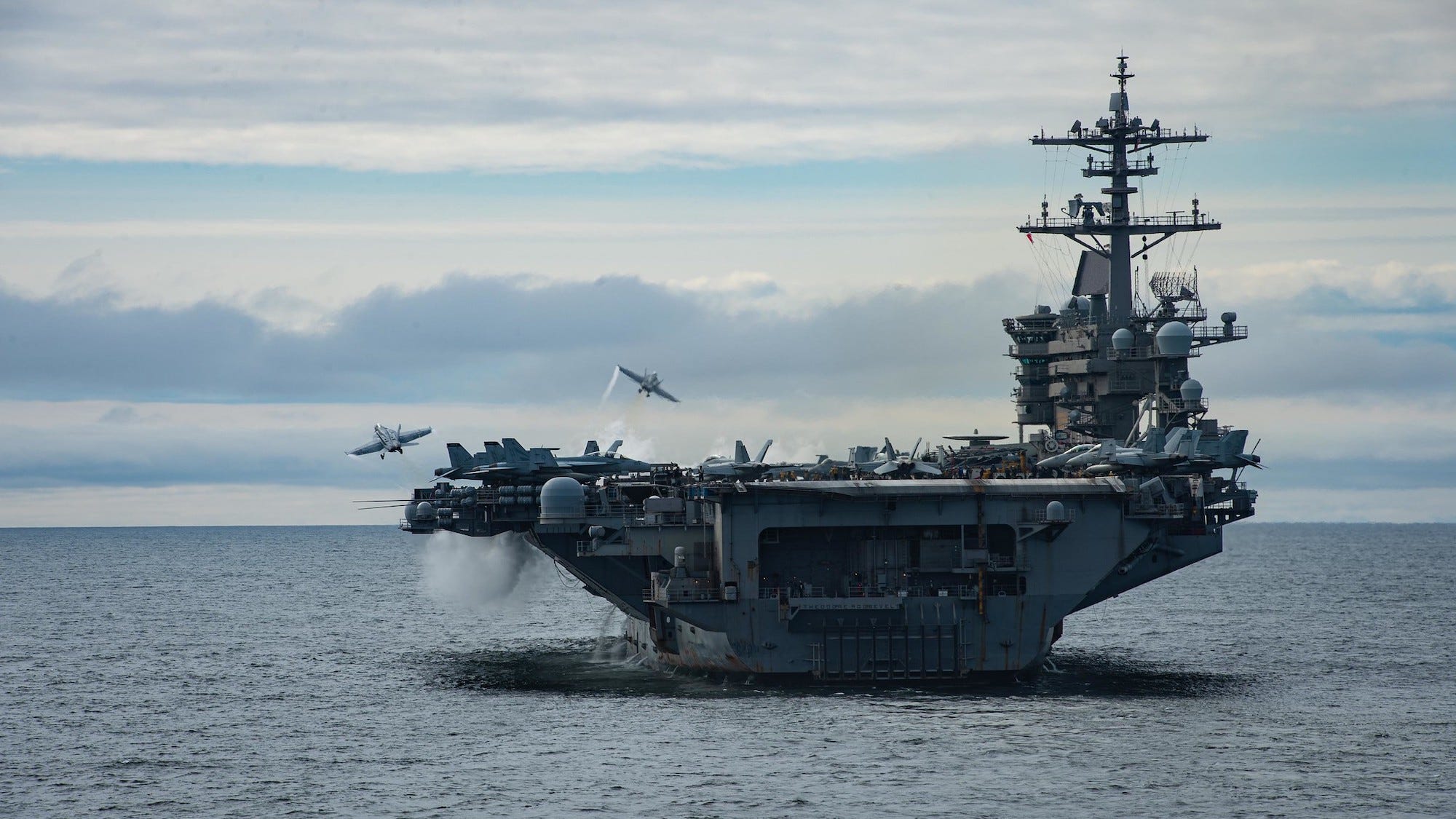
US Navy/MCS3 Erik Melgar
"Having that opportunity to have a daylight all day, we were always on our game, always a step ahead," Moore told Insider.
The carrier's trip reflects the Navy's increasing presence in and around the Arctic, prompted by increasing Chinese and Russian activity there.
Lawmakers, including Rep. Elaine Luria, a retired Navy commander, have also sought to increase the US military's focus on the region.
Last month, Luria and other legislators introduced a bill that would require the Pentagon to complete an Arctic security assessment and develop a five-year plan to give the services the resources necessary for specific strategic needs in the region.
"The Arctic is where the future of military conflict and free trade will be decided," Luria said in a statement.
Building up 'core knowledge'
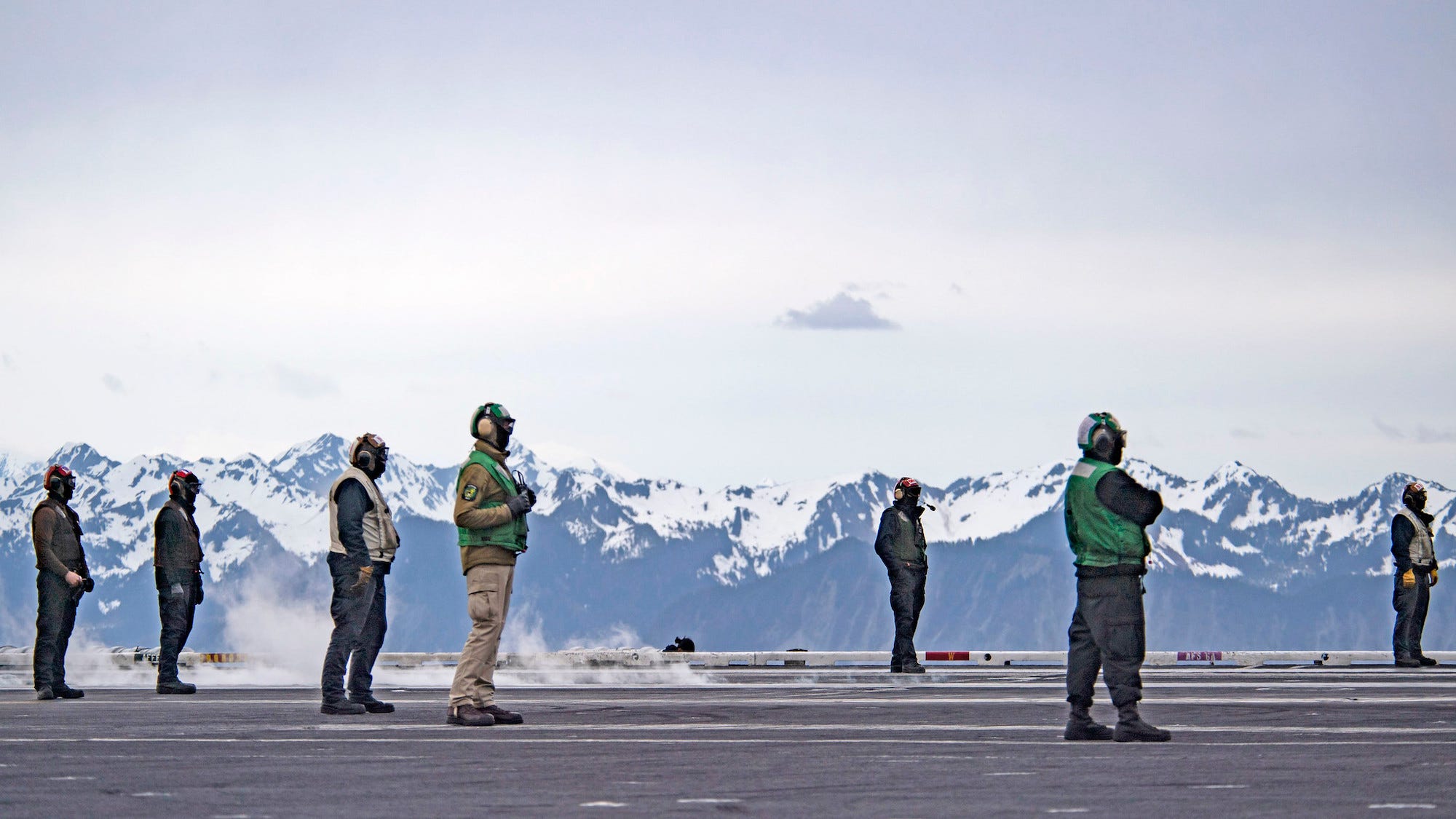
US Navy/MCS2 Zachary Wheeler
Building sailors' muscle memory for operations in those increasingly accessible waters has important implications for the fleet.
"We haven't had sailors operating since in these areas since the late '80s, since the end of the Cold War, so a lot of that core knowledge is no longer there, except for those of us who have done it," said Lt. Alex Morgan, the Theodore Roosevelt's assistant navigator.
"So it's really important that we capture these experiences" and share them across the service, added Morgan, who plans the carrier's movements. "One of the nice things is that nobody stays in one place very long, so we'll be in ships and squadrons across the fleet within just a couple of years."
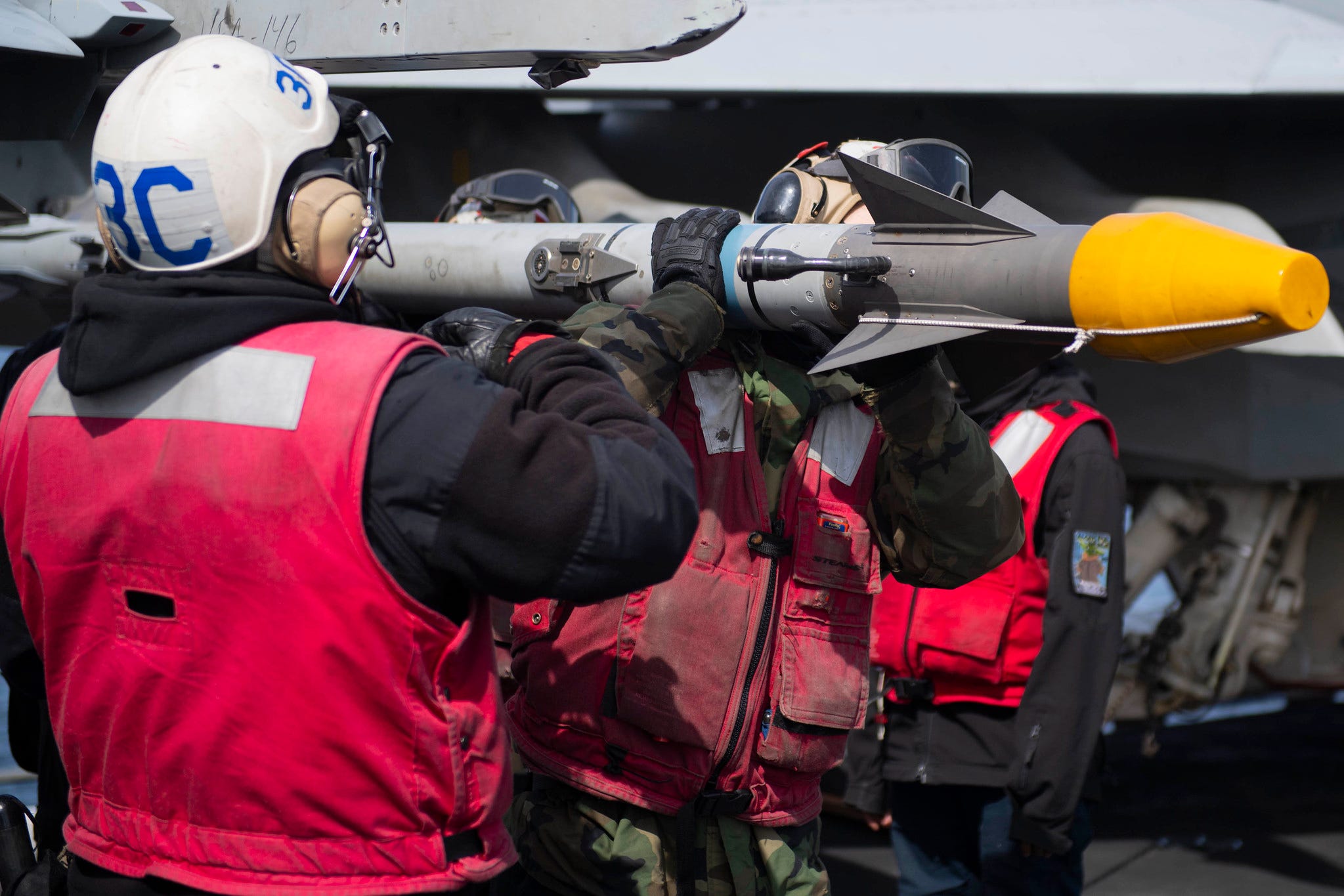
US Navy/MCS Seaman Hayden Burns
The last 16 months have been tumultuous for the crew of Theodore Roosevelt.
A COVID-19 outbreak in 2020 lead to the death of one chief petty officer and sidelined the carrier for weeks following the ouster of its popular commanding officer, Capt. Brett Crozier. Acting Navy Secretary Thomas Modley resigned after his remarks to the crew during a visit drew widespread backlash.
The carrier returned to San Diego in summer 2020, but that homecoming was brief. Now, after a "double pump" deployment, the carrier and about 3,000 crew members are switching homeports to Bremerton, Washington.
The flattop will undergo maintenance at Puget Sound Naval Shipyard, including an upgrade to enable the flight deck to handle the F-35C.
The operations off Alaska capped a chaotic period for the crew and offered them a new set of challenges: cold weather, low visibility, stiff winds, long supply lines, and marine wildlife.
"We started all that planning when we're operating off the coast of Guam, which was obviously a vastly different experience - warm temperatures, high humidity," Morgan said. "Within the space of the week, we went from sweating at every step to bundled up and seeing our breath on the bridge. So it was definitely a mentality shift."
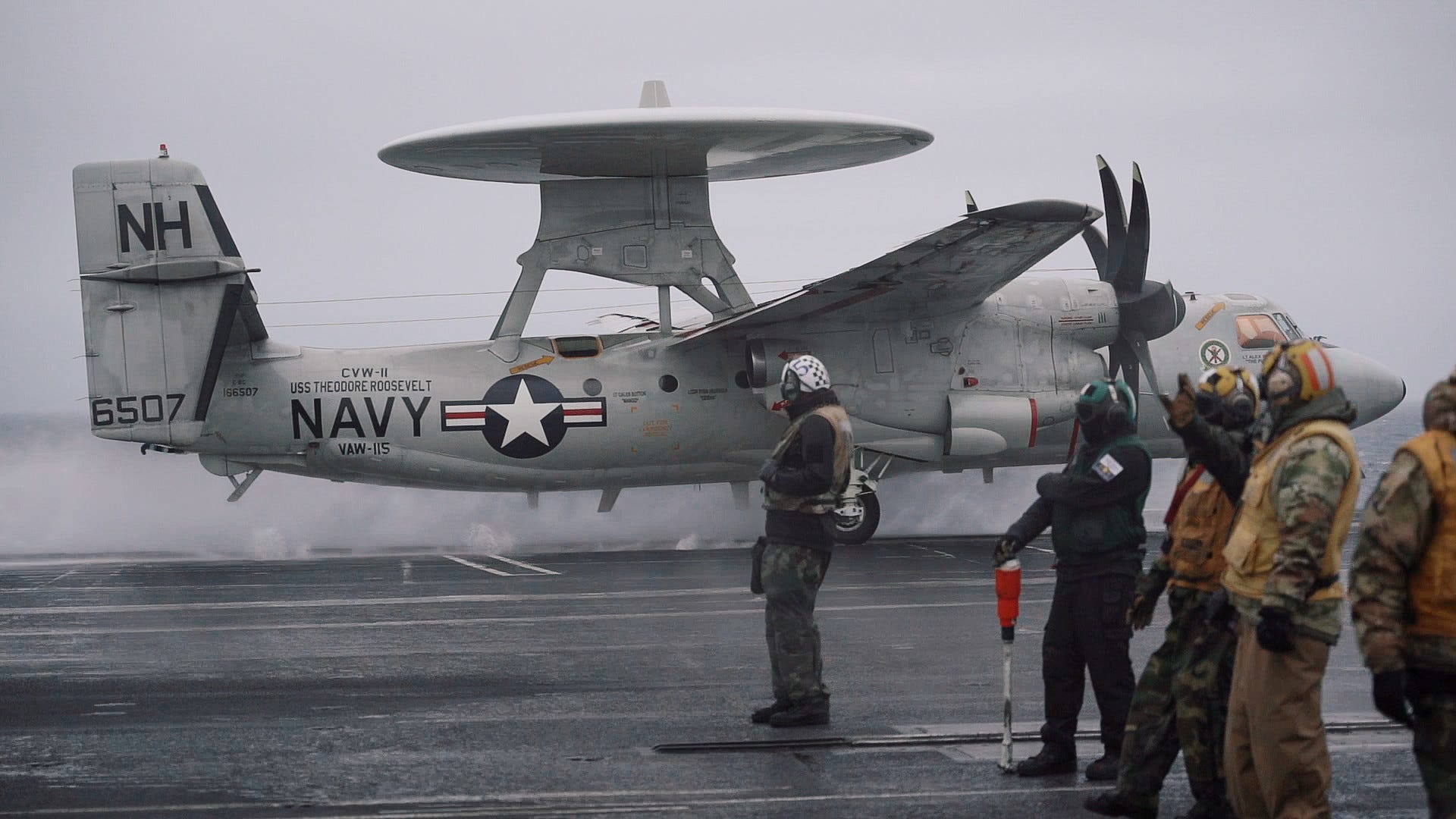
US Navy/MCS3 Terence Deleon Guerrero
Theodore Roosevelt also participated in Northern Edge in 2019, the first time a carrier had done so in 10 years. Morgan and others said they leaned on the playbook from that experience.
"In 2019 the carrier was more limited," said Morgan, who participated in the exercise for the first time this year. "We had to be closer to shore. We had more flexibility this time because our pilots were certified to operate farther from land."
While the Navy trains to operate around marine wildlife, crew members said they were surprised by how often they spotted whales and dolphins.
"We had to be very cognizant of where we were operating and keep a good lookout," Morgan said.
Water temperatures ranged from the high 30s to low 40s Fahrenheit, markedly different from the 80-degree water temperatures around Guam, said Capt. Eric Anduze, Theodore Roosevelt's commanding officer. Keeping sailors warm became a priority, including shortening rotations to help "maintain awareness."
"When you live in a floating metal box, it really permeates through the skin of the ship and makes everything extremely cold," Anduze said.
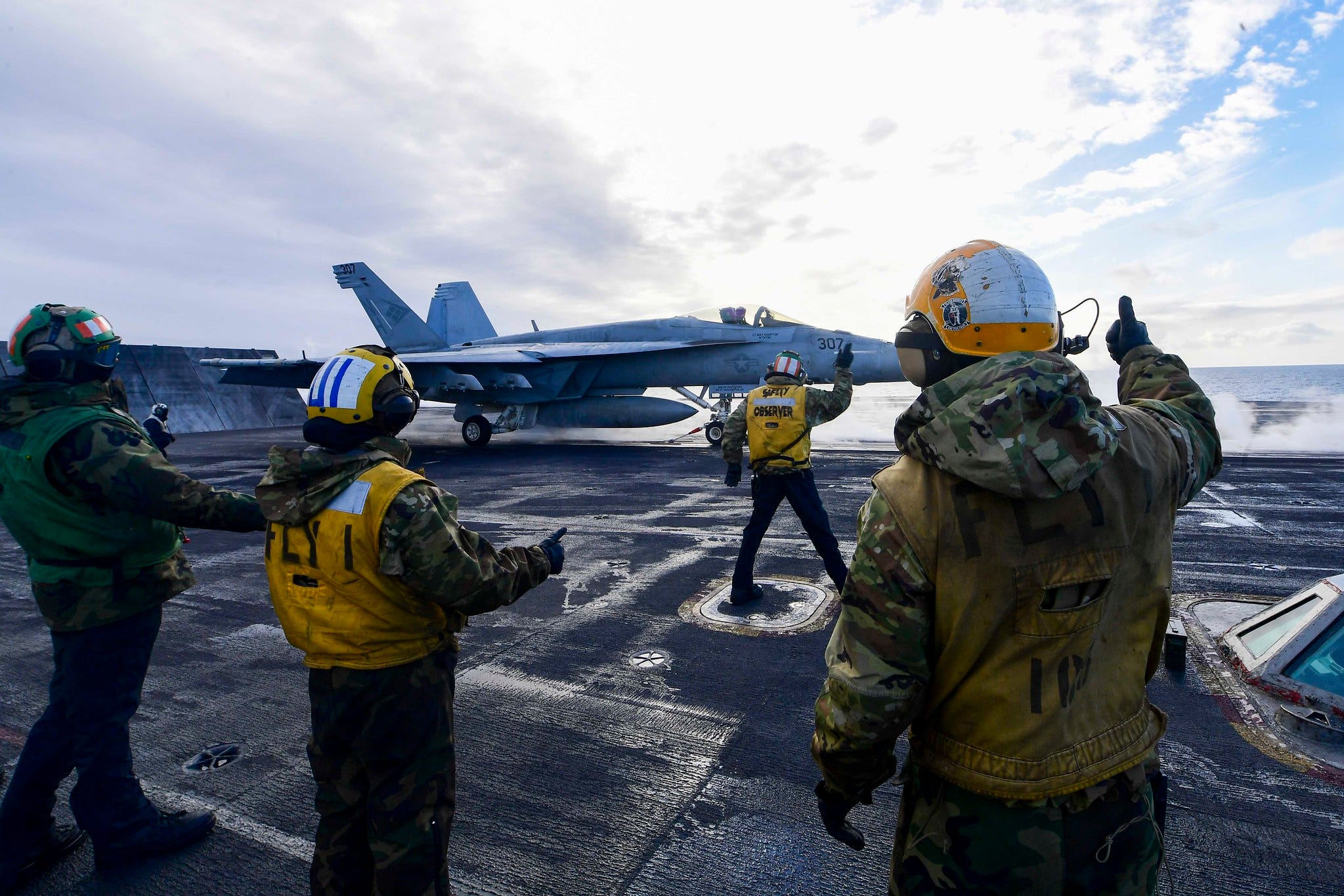
US Navy/MCS Seaman Eduardo Torres
A person in water that cold can only survive about 20 minutes, said Ensign Jorge Miguel, a bridge officer of the deck. That leaves an extremely small window to maneuver the carrier and the resources necessary for search and rescue if someone goes overboard.
"You don't want to wait 20 minutes," Miguel said. "By then it's too late."
A lingering weather system created days of low visibility, reducing the ability to launch aircraft, Anduze said.
Operations slowed but didn't stop, and that low visibility made extra vigilance necessary, Miguel said.
"If you're not able to see out the window and see any contacts out there, at that point you're relying on radars to see what you have in front of you and make the best decision with what you have available to you," Miguel said.
Poor weather also caused problems for pilots one day during the exercise, forcing them to divert to an Air Force base inland, Morgan said. With the pandemic ongoing, the crew did not want to strand pilots overnight.
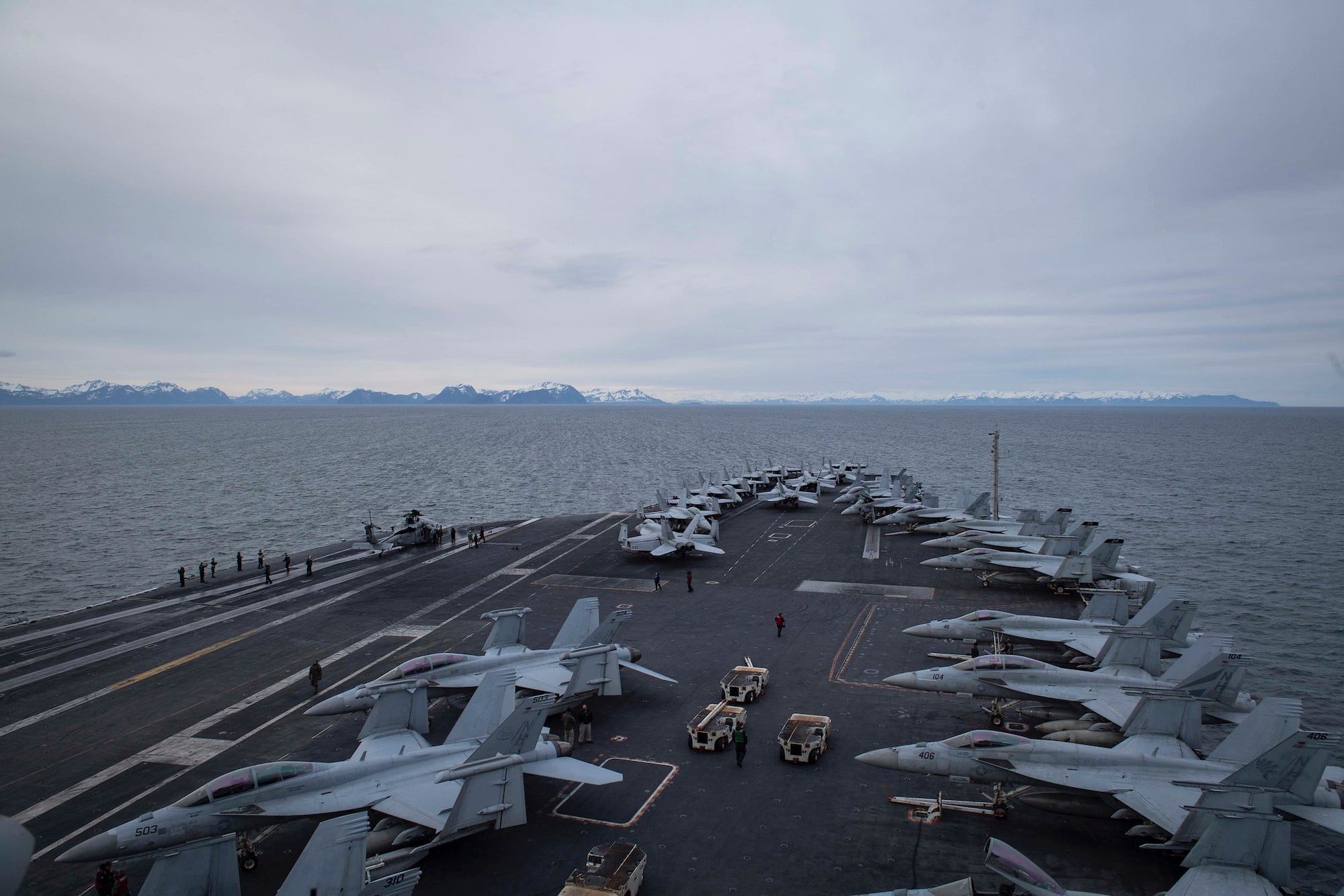
US Navy/MCS3 Nicholas Huynh
"One of the unique things about being an aircraft carrier is you can always move the airport, but it was so thick that day, we had to delay recovery by several hours," Morgan said.
"That was a lot of work between our air department [and] our meteorologists on board. We were working with the strike group and just trying to figure out where we can position the ship so that we can recover those aircraft before sunset," Morgan added.
While longer days meant more light on the flight deck, Moore, who was aboard for the 2019 exercise, said they also made it more difficult to rest. Sleep deprivation is a major readiness problem for the Navy.
For Miguel, the experience presented a challenge partly because it was brand new, but he said novelty shouldn't be an obstacle.
"Whether we're in Alaska or, say, Fifth Fleet or Seventh Fleet, it doesn't really matter. We should be able to execute and use to training that we've gone through to execute accordingly," he said.
